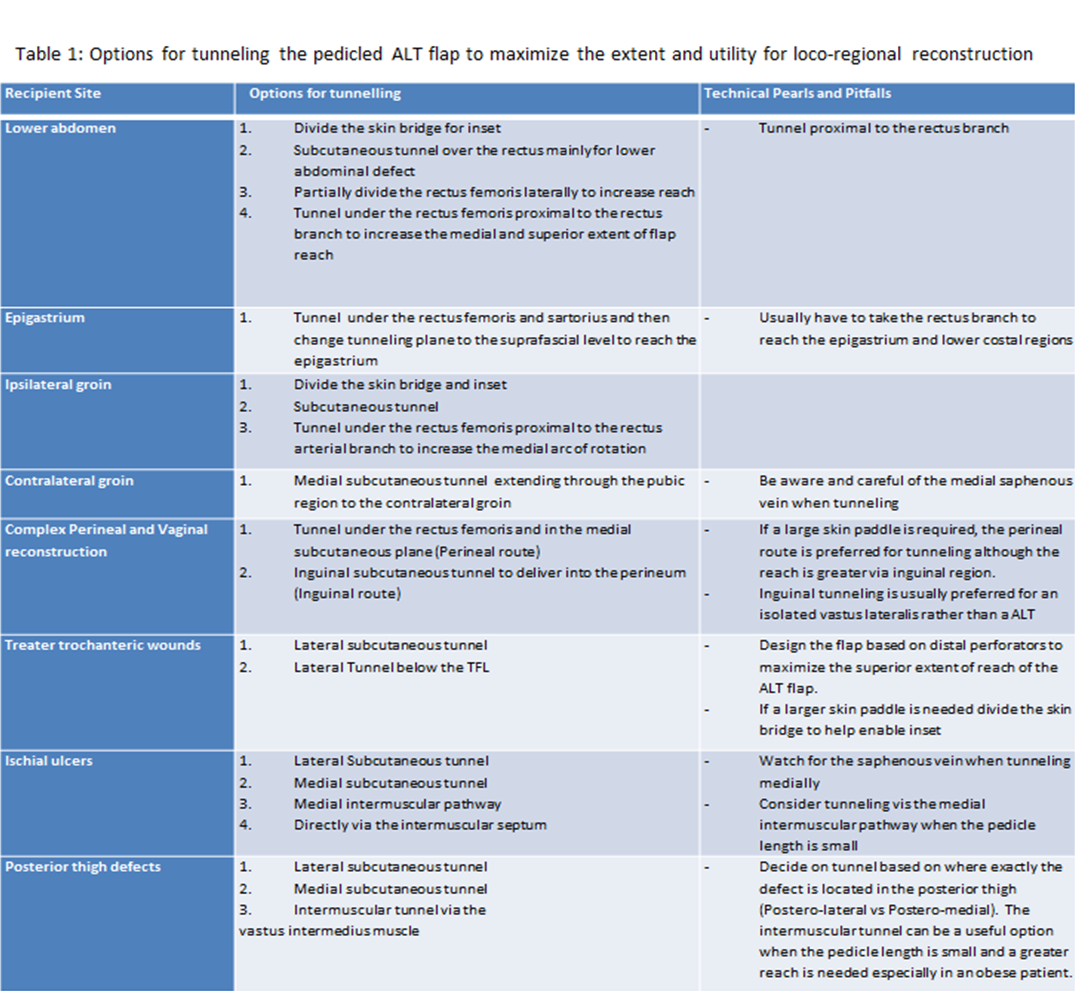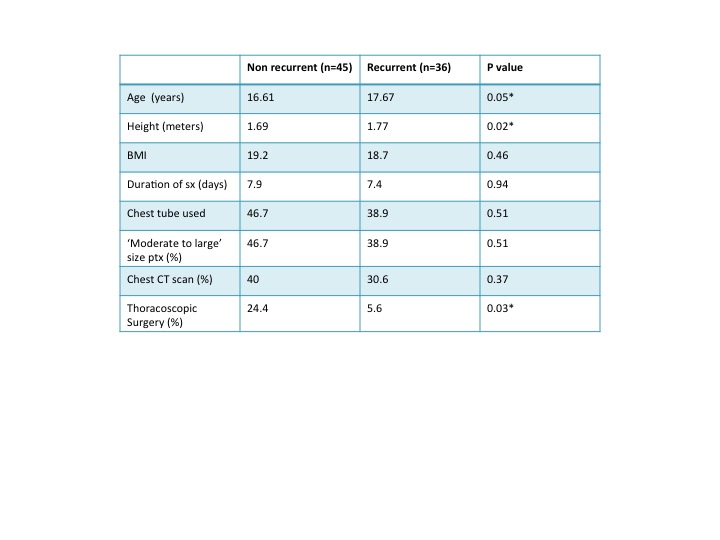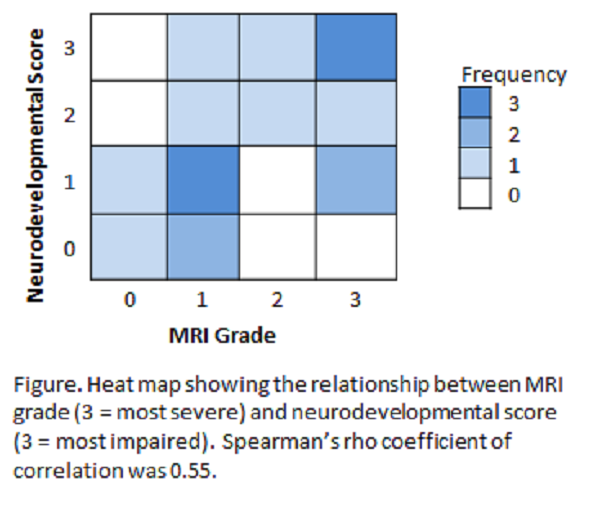K. E. Caldwell1, R. M. Clark1, B. B. Coffman1, T. R. Howdieshell1 1University Of New Mexico HSC,Department Of Surgery,Albuquerque, NM, USA
Introduction:
Inability to close the abdominal wall after laparotomy for trauma may occur as a result of visceral edema, retroperitoneal hematoma, use of packing, and loss of tissue. When direct fascial closure is not feasible at initial admission, skin grafting of visceral granulation tissue provides temporary cutaneous coverage. Definitive abdominal wall reconstruction is planned when palpation yields graft separation from underlying viscera suggesting resolution of peritoneal inflammation.
Methods:
Following laparotomy for trauma, patients with persistent visceral distension or abdominal wall tissue loss precluding fascial closure underwent index admission visceral split thickness skin grafting and readmission graft excision and reconstruction. Real-time visceral skin graft perfusion and functional revascularization was determined by serial laser speckle contrast imaging (LSCI). Image analysis of CD-31 and α-SM actin immunostained histologic sections of harvested skin (nongrafted control) and excised visceral skin grafts was utilized to determine microvascular density and morphology. Quantitative RT-PCR arrays were performed on nongrafted control skin and excised visceral grafts to analyze the expression of a focused panel of genes involved in tissue injury and repair.
Results:
Five patients (3 male, 2 female) ranging in age from 26 to 45 years (mean 36 years) underwent visceral skin grafting for cutaneous coverage of an open abdomen. Time to graft excision ranged from 5 months to 1.5 years (mean 6.5 months). LSCI documented mean perfusion of pre-graft visceral granulation tissue of 1100 PU (range 900-1200 PU), and immediate skin graft application perfusion of 150 PU (range 120-190 PU), primarily a result of background perfusion through meshed interstices. By POD 5, skin graft perfusion doubled to a mean value of 300 PU, peaked at a mean of 350 PU by POD 14 concomitant with closure of meshed interstices, and remained unchanged until excision. Histologic examination revealed a 5-fold increase in excised graft thickness (mean control 400 µm vs. mean excised 2100 µm). Immunostaining documented a 2-fold increase in vessel number, a 3-fold increase in vascular surface area, and a dramatic increase in percentage of vessels covered by smooth muscle in excised grafts compared to control skin. RT-PCR demonstrated statistically significant up-regulation of genes involved in matrix structure and remodeling, cytoskeleton regulation, and WNT signaling; and down-regulation of key inflammatory cytokine and chemokine genes.
Conclusion:
Our preliminary data documents early visceral skin graft revascularization with a plateau in perfusion over the study interval. Histology reveals a marked increase in the mass of graft subdermal matrix composed of a complex supporting vascular network. The excised graft transcriptome is rich in extracellular matrix remodeling enzyme gene activity which may be important in graft separation from peritoneal contents.


